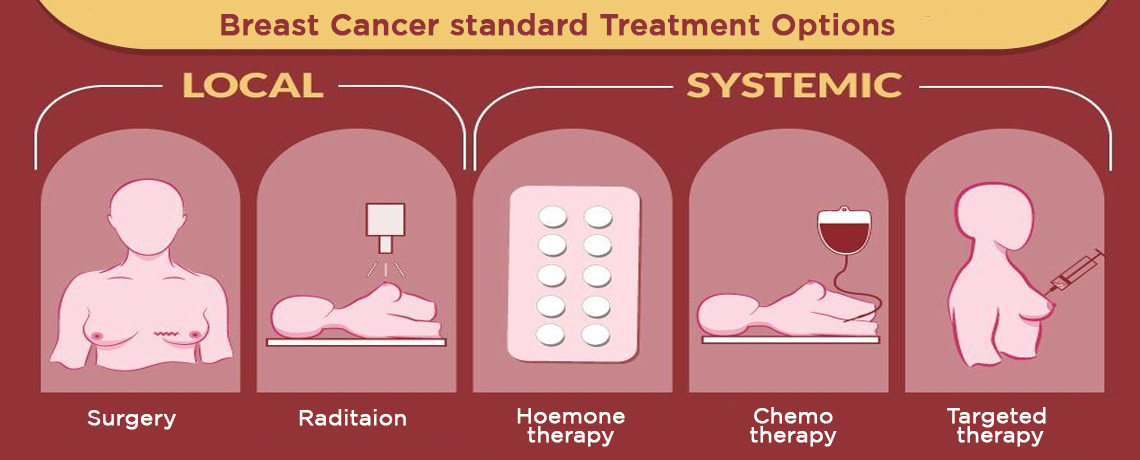What is Breast Cancer?
Breast cancer results from uncontrolled cell growth. When these cells divide uncontrollably and form a mass of tissue (tumor), they may pose cancerous. Breasts have three major parts: Lobules (tissues that produce milk), Ducts (tubes carrying milk to the nipple), Connective tissues (fibrous and fatty tissues).
Breast cancer typically begins in the ducts or lobules of the breast. It spreads outside the breast through blood vessels and lymph vessels.
Symptoms of Breast Cancer

- Unusual thickening of the breast.
- A sudden change in the size, shape or appearance of the breast.
- Skin irritation
- Inverted nipple
- The area surrounding the nipple may peel, scale, crust or flake.
- Redness or pitting of the skin like an orange.
- Lumps in the breast or underarm (armpit).
- Pain in the nipple area.
- Nipple discharge except for breast milk like blood.
- Pain in the breast.
However, these symptoms may be an infection or a cyst and not necessarily cancer. One must immediately head for a checkup if any such symptoms arise and persist.
What tests are required?
Regular checkups are a must. The preferable tests that one should go for are:
1) Screening Tests –Yearly mammograms (an X-ray picture of the breasts) are necessary for early detection even if one is completely healthy. Prevention is better than cure, after all.
2) Diagnostic Tests –People suspected of Breast Cancer must go for a Biopsy (an operation done to remove tissue from the concerned area from the body and studied under the microscope). This test helps detect Breast Cancer and how far it has traveled to other parts of the body. It also provides additional cancer information and suggests the subsequent procedures.
3) Monitoring Tests –After breast cancer diagnosis, several tests are conducted during and after treatment to monitor what works and the chances of recurrence.
Types of Breast Cancer
The two most common types of Breast Cancer are:
1) Invasive Ductal Carcinoma (IDC)
Also known as Infiltrating Ductal Carcinoma is the most common type of Breast Cancer. Carcinoma stands for cancer that builds on tissues or skin that cover organs. About 80% of all Breast Cancers are Invasive Ductal Carcinoma. Invasive means that cancer has invaded or spread to the surrounding breast tissues. And Ductal refers to the tubes that carry milk to the nipples.
2) Invasive Lobular Carcinoma (ILC)
Also called Infiltrative Lobular Carcinoma, Invasive Lobular Carcinoma is the second most common type of Breast cancer after Invasive Ductal Carcinoma (IDC). Lobular means cancer has affected the tissues that produce milk. Overall, Invasive Lobular Carcinoma (ILC) refers to cancer that has begun to infect the lobular area.
Treatments for Breast Cancer

The treatment depends upon the type of Breast cancer and how far has it spread. The main treatments are:
1) Surgery – An operation in which the doctors cut out the cancerous tissue.
2) Chemotherapy – Drugs orally taken or injected through veins to shrink or kill the cancer cells.
3) Hormonal Therapy – helps block the cancer cells from getting hormones to grow.
4) Biological Therapy – Works along with the body’s immune system to fight cancer cells and protect the body from the side effects of other cancer treatments.
5) Radiation Therapy – High energy rays (like X-rays) to kill cancer cells.
Causes of Breast Cancer
To tap into what exactly causes breast cancer is difficult even for professionals like doctors. But the most common causes are said to be genetic and environmental.
1. Genetic Factors (passed on through family history and are unavoidable)
- Family Health History: If any member of your family (close ones) have previously been diagnosed with either ovarian or breast cancer, there are higher risks of you getting it as well.
- Personal Health History: If you have already been diagnosed with Breast cancer, chances are you may get it in your other breast as well or in any other part of your body.
2. Environmental Factors (lifestyle)
- Obesity: Lack of physical activity may cause obesity which may eventually risk getting Breast Cancer.
- Poor Diet: A diet rich in fats but lacks proper nutrients from green leafy vegetables and fruits may be a risk.
- Frequent Consumption of Alcohol and Smoking also plays a crucial role in inviting cancer.
Although women are more at risk than men to contract Breast Cancer, every individual needs to be aware and be responsible for their health. For this, one must have a periodical check. Every month, schedule a day (either 1st or last day of the month) and examine your breasts by lightly pressing the sides and viewing yourself in the mirror.
The past few years have seen that young women are now more at risk of getting Breast Cancer. They are majorly owing to our lifestyle and the food we consume (which mainly contains preservatives). If you find any difference, immediately consult a specialist. Don’t wait or take this lightly as cancer waits for no one.





































Sonia Dash
February 4, 2022 at 3:49 pm
Wonderful article pertaining to cancer. Great post 👍
Shibani Mishra
February 5, 2022 at 5:21 am
Quite well informed article .. Thanks
Sanjana Dash
February 5, 2022 at 9:14 pm
Thank you so much 😊